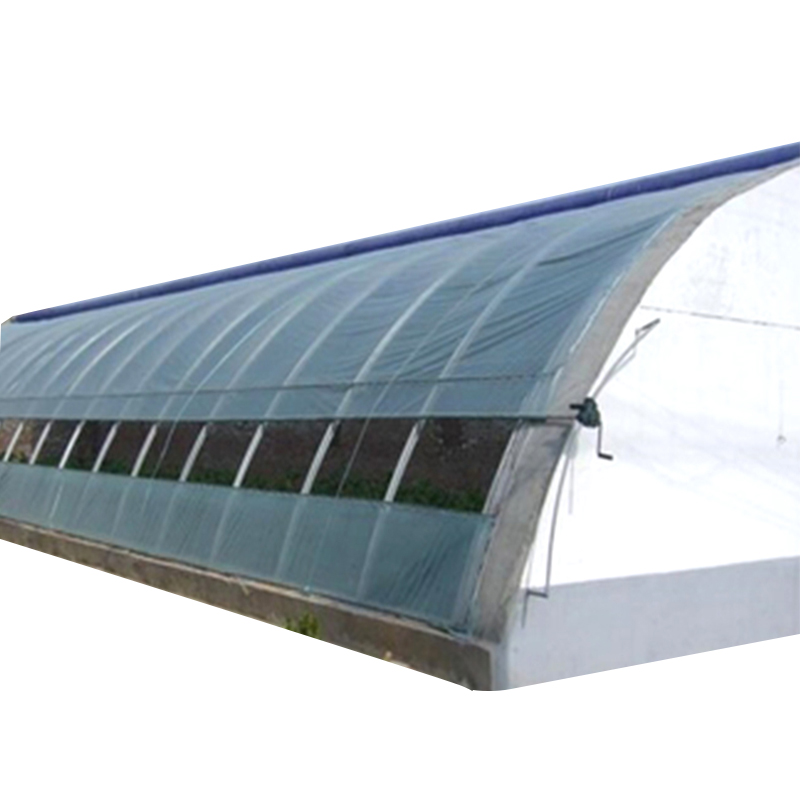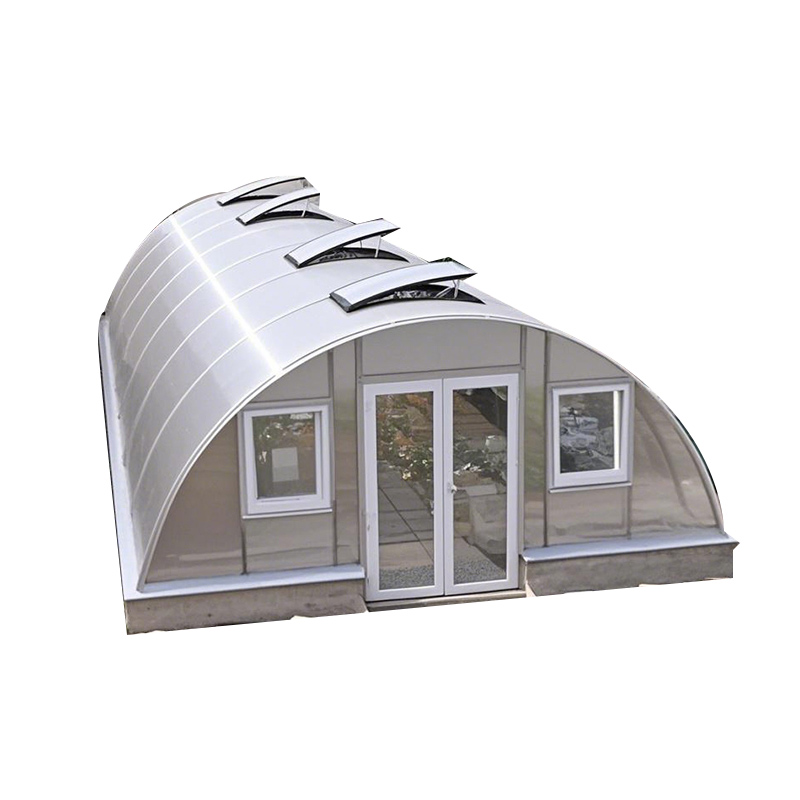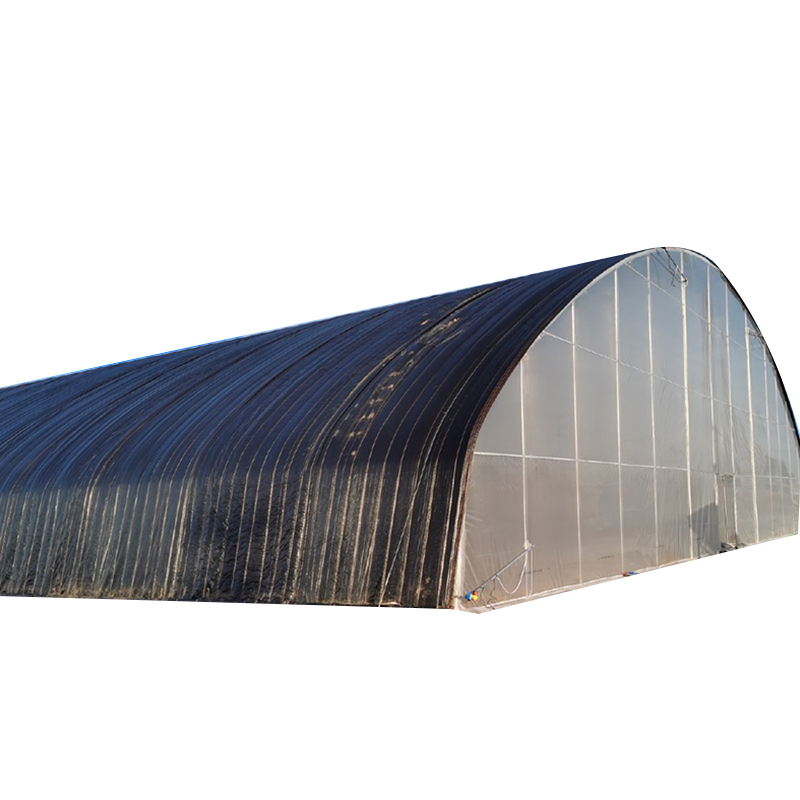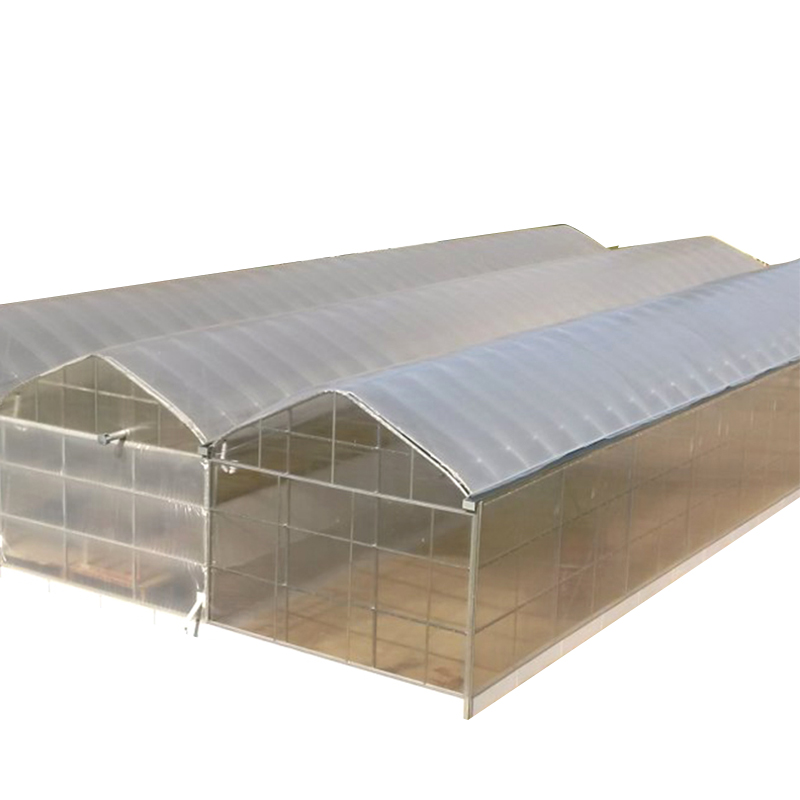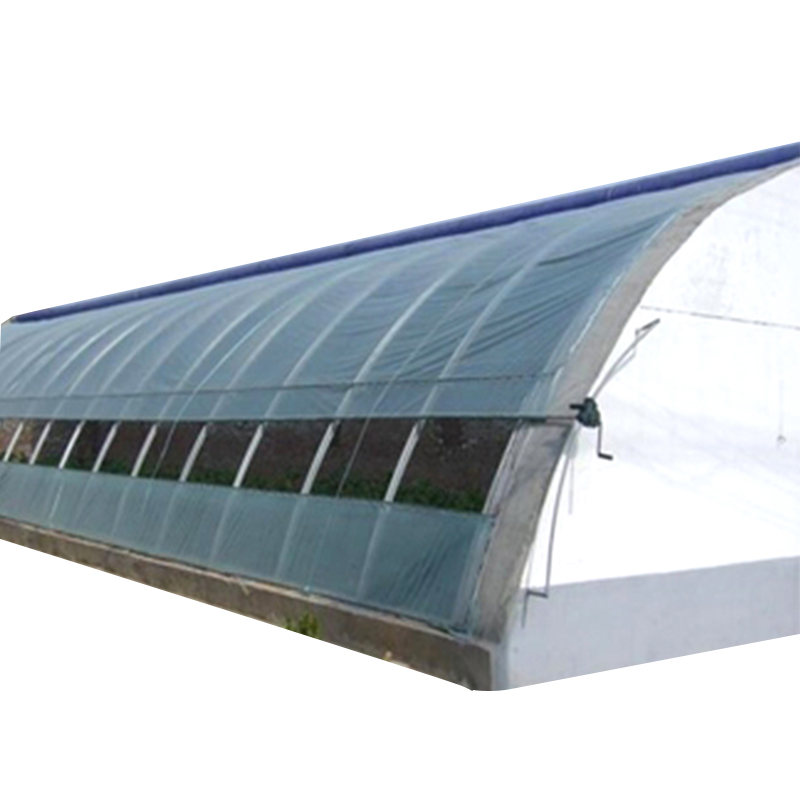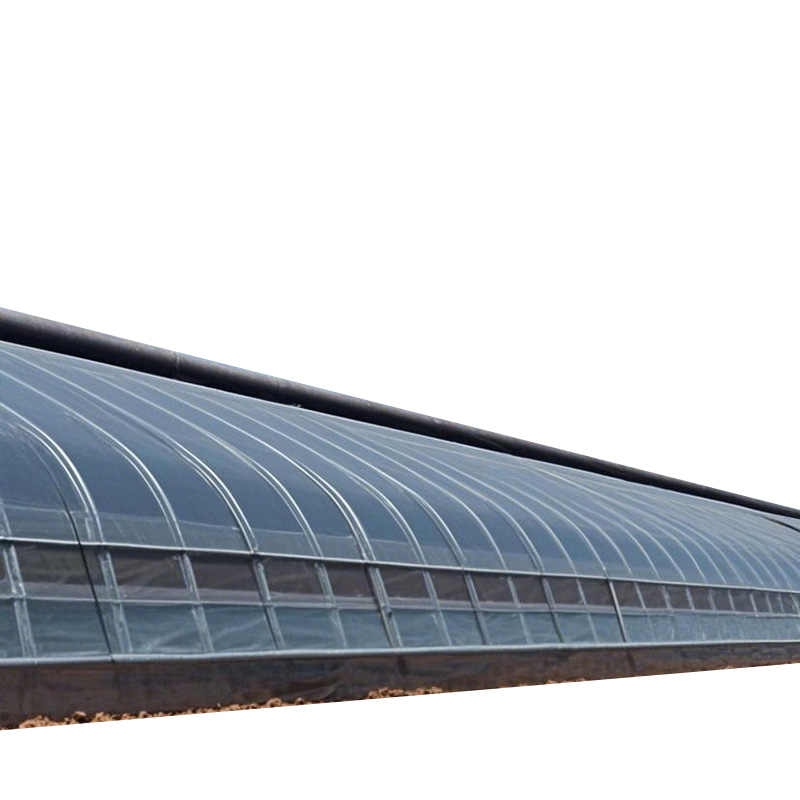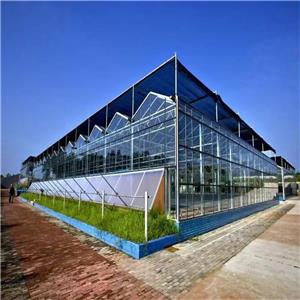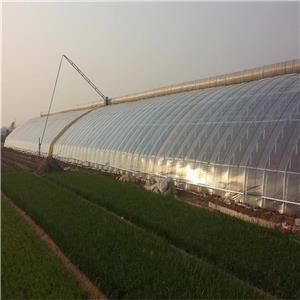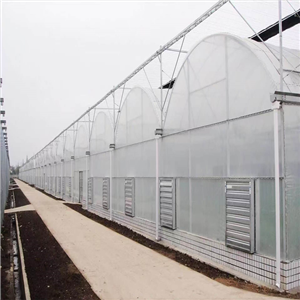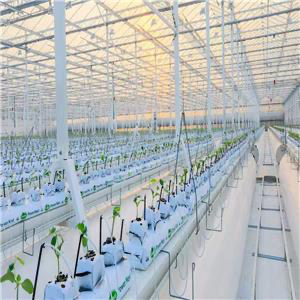
high load solar greenhouse,hot-dip galvanized steel pipe framework solar greenhouse and ventilated solar greenhouse are ultra-durable structure engineered to withstand extreme weather while optimizing solar energy for year-round cultivation. Featuring a reinforced steel/aluminum frame and impact-resistant polycarbonate panels, it survives heavy snow (50+ lbs/sqft), strong winds (100+ mph), and hail.
High Load Hot-dip Galvanized Steel Pipe Framework Solar Greenhouse
1. Introduction of high load solar greenhouse and ventilated solar greenhouse
The High Load Hot-Dip Galvanized Steel Pipe Framework Solar Greenhouse represents the pinnacle of agricultural infrastructure engineering, combining industrial-grade structural integrity with advanced solar energy utilization. Designed for commercial-scale operations and extreme climate conditions, this greenhouse system delivers unmatched durability, energy efficiency, and productivity through its innovative design and premium materials.
This comprehensive technical dossier examines:
Structural engineering specifications
Material science breakthroughs
Thermal performance characteristics
Comparative advantages over conventional structures
Commercial implementation case studies
2. Structural Engineering Excellence of high load solar greenhouse and ventilated solar greenhouse
2.1 Hot-Dip Galvanized Steel Framework
Material Specifications:
ASTM A123-certified galvanized steel pipes
2.5mm minimum wall thickness
150-200μm zinc coating (standard) or 300μm (arctic/coastal variants)
Structural Performance:
Snow load capacity: 75kg/m² (157lbs/ft²)
Wind resistance: 130km/h (81mph) sustained winds
Seismic rating: 8.0 magnitude earthquake resistant
2.2 Optimized Truss Design
Triangular space frame architecture reduces material weight by 25% while increasing rigidity
Modular connection system allows span widths up to 16m (52ft) without internal supports
Adjustable roof pitch (25°-35°) optimized for solar gain at different latitudes
3. Advanced Cladding Systems of high load solar greenhouse and ventilated solar greenhouse
3.1 Solar-Optimized Glazing
Twin-wall polycarbonate panels:
16mm thickness with UV-blocking treatment
88% light transmission with anti-condensation layer
R-value of 2.04 (m²·K)/W
Optional photovoltaic integration:
Semi-transparent solar panels (30% light transmission)
175W/m² power generation capacity
3.2 Thermal Management
Automated insulation systems:
Retractable thermal screens (R-value 3.5)
Phase-change material panels in north wall
Ground-to-air heat exchange:
40cm diameter buried pipes (3m depth)
75% heat recovery efficiency
4. Performance Metrics of high load solar greenhouse and ventilated solar greenhouse
| Parameter | Performance | Industry Standard |
|---|---|---|
| Structural lifespan | 30+ years | 10-15 years |
| Annual energy savings | 85% vs conventional | 30-50% |
| Temperature stability | ±2°C diurnal variation | ±5-8°C |
| Light utilization | 92% PAR efficiency | 70-80% |
| Maintenance cost | $0.15/sqft/year | $0.50-0.75 |
5. Commercial Applications of high load solar greenhouse and ventilated solar greenhouse
5.1 Extreme Climate Adaptations
Alpine version: Withstands 2m snow accumulation
Desert version: Integrated evaporative cooling
Coastal version: 316L stainless steel hardware
5.2 Specialty Crop Systems
Vertical hydroponics integration
Automated shading systems for medicinal plants
CO₂ enrichment systems for high-value crops
6. Installation & Maintenance
6.1 Foundation Options
Concrete piers: 80cm depth (standard)
Ground screws: For temporary installations
Radial drainage system: Prevents frost heave
6.2 Robotic Maintenance Features
Automated panel cleaning drones
Structural health monitoring sensors
Predictive maintenance algorithms
7. Economic Analysis
| Investment Aspect | Value Proposition |
|---|---|
| Capital cost | $38-55/sqft |
| ROI period | 2.8 years (strawberries) |
| Insurance premium | 30% lower than standard |
| Depreciation | 20-year schedule |
8. Future Development Roadmap
AI-powered structural optimization
Self-healing polymer coatings
Integrated water harvesting
9. Conclusion
This engineering masterpiece redefines greenhouse performance through:
Military-grade structural reliability
Closed-loop energy systems
Smart automation integration

